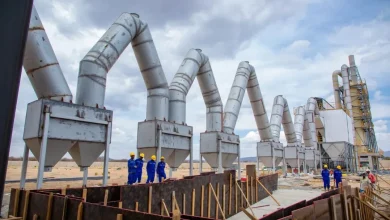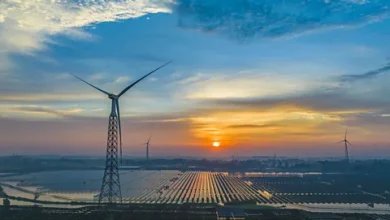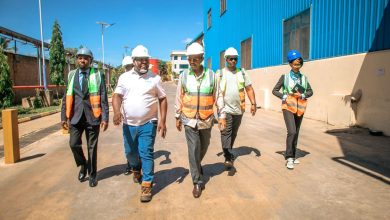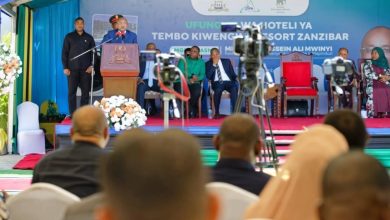Dar invites global investors in renewable energy

DAR ES SALAAM: TANZANIA is positioning itself as a leader in renewable energy innovation, ramping up efforts to transform its energy sector and achieve its ambitious 2050 development goals.
Head of Environment Unit at the Ministry of Energy, Mr Emilian Nyanda said yesterday at the International Power and Solar Energy Trade Exhibition that the government is still committed to fostering renewable energy technologies and creating an enabling environment for both local and international investors.
He represented the Ministry for Energy Permanent Secretary at the event.
“This exhibition is more than a showcase, it is a critical platform where strategies for advancing the energy sector, especially renewables, are forged,” Mr Nyanda said.
He added: “We are in the midst of a profound energy transition that will reshape Tanzania’s economy, communities and environment.”
He stated that his ministry has been proactive in developing policies and frameworks to accelerate the energy transition. This includes efforts to create a supportive environment for investment and innovation in the renewable energy sector.
In December, the ministry launched the National Renewable Energy Strategy, a guiding document through 2034. The strategy aims to integrate renewable technologies, enhance climate finance mechanisms, and reinforce Tanzania’s role in global climate initiatives.
“Tanzania’s renewable energy ambitions are aligned with the UN’s African clean energy agenda, with solar energy prioritised as a key solution,” Mr Nyanda said.
He outlined a vision where, within the next three to five years, solar power will reach even Tanzania’s most remote villages, transforming lives that still rely on traditional energy sources like firewood.
The government’s strategic plans are further supported by the ongoing development of the National Energy Transition Plan, in collaboration with the International Energy Alliance and Sustainable Energy World Forum.
This plan seeks to harmonise Tanzania’s energy system with global climate goals through accelerated uptake of clean energy.
Mr Nyanda also discussed the recently updated Power System Master Plan for 2024, which aims for renewables, including solar, to supply more than 70 per cent of Tanzania’s energy by 2035, complemented by natural gas and other sources.
He explained that transport is another focus area with the Ministry of Transport developing an e-mobility strategy to encourage renewable energy use in transportation.
Mr Nyanda said the initiative complements rural electrification programmes that prioritise renewable solutions, particularly for offgrid and island communities.
Highlighting technological progress, Mr Nyanda pointed to significant improvements in photovoltaic and battery technologies, which have made solar energy more efficient and affordable.
“A recent government delegation’s visit to India demonstrated how low-cost solar power can be scaled up, a promising model for Tanzania,” he said.
The exhibition serves as a hub for innovative technologies across sectors, from agriculture to livestock, illustrating renewable energy’s broader impact.
ALSO READ: Tanzania’s energy future is built on stable growth, digital innovation
To ensure success, Mr Nyanda emphasised the importance of strict adherence to quality standards, including certification by the Tanzania Bureau of Standards, to ensure that renewable energy technologies are suitable for local conditions.
Commending the organisers for fostering collaboration, he stressed that the exhibition strengthens partnerships between government, investors and innovators.
“Tanzania’s population is rapidly growing and will reach 70 million in the next decade, driving energy demand. While the government is a key player, meeting this demand will require robust off-grid solutions alongside grid expansion,” he said.
Mr Nyanda reaffirmed the government’s view that energy extends beyond electricity to empowerment, fuelling education, economic growth and social development.






saidtandika@yahoo.co.uk